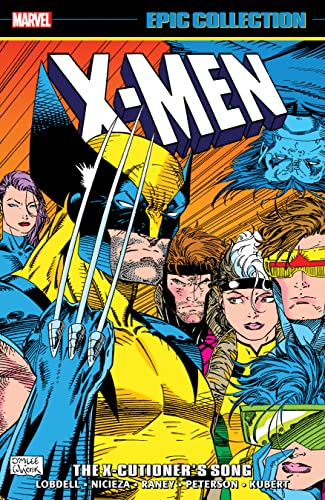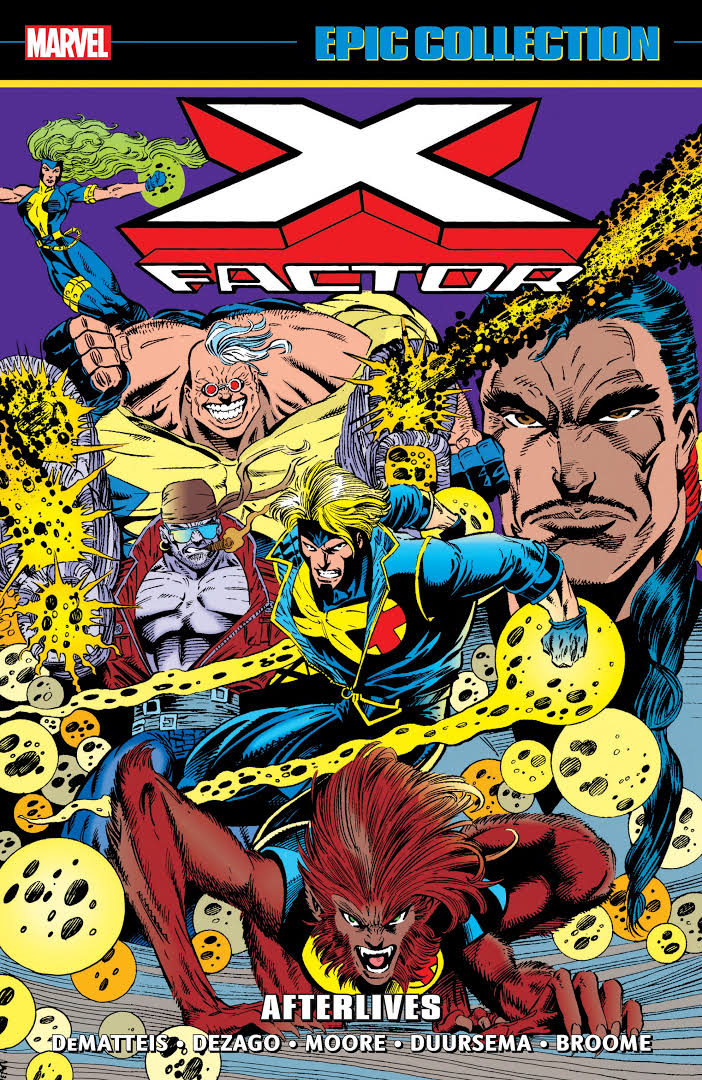One of the fun and interesting – or infuriating, take your pick – things about reading Star Wars comics from the era of this collection is the way they interact with what counts as current canon. Published by Dark Horse Comics in the early 00s, the stories collected in Star Wars Epic Collection: The Menace Revealed vol. 3 have been deemed non-canonical “legends” relative to the stories being told in the current comics from Marvel, as well as the movies and streaming series of the Disney era. They were also published in the early 2000s, just before or right around the release of Star Wars Episode II: Attack of the Clones. Which means they are indirectly non-canonical in a different way: by virtue of having been created before Attack of the Clones, they can’t reference later events, such as the Clone Wars or the details of Anakin’s fall to the dark side.
[Read more…] about Star Wars Legends Epic Collection: The Menace Revealed Vol. 3 TP Review!

